[Focus] Successful launch!Let's listen to the things of Yunnan Aerospace people about "asking heaven" →
Author:Yunnan released Time:2022.07.24

Beijing time
At 14:22, July 24, 2022
Equipped with a question compartment
Long March 5 Y Yao Lae Rocket
Light at the Wenchang Aerospace launcher in Wenchang in my country
The launch has achieved a complete success
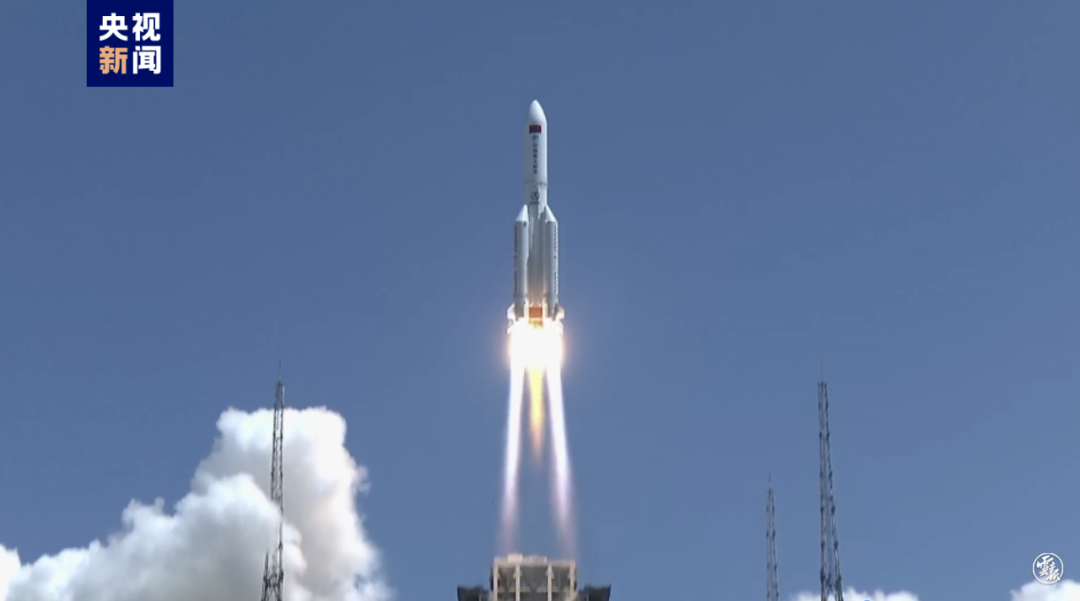
Picture source: CCTV News
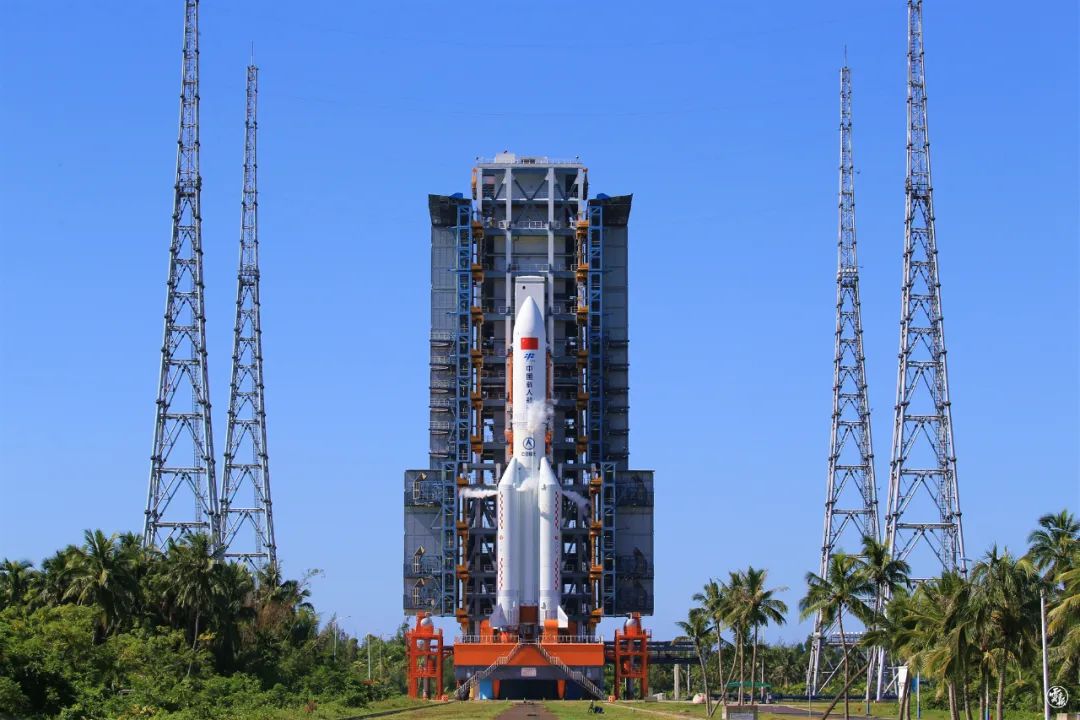
Lairer in Wenchang
Aerosphere in the task Fan Jing
It is Xuanwei, Yunnan Province
Let's listen to him about "asking the sky"
Feel the heroic of Chinese aerospace ride on the wind and waves
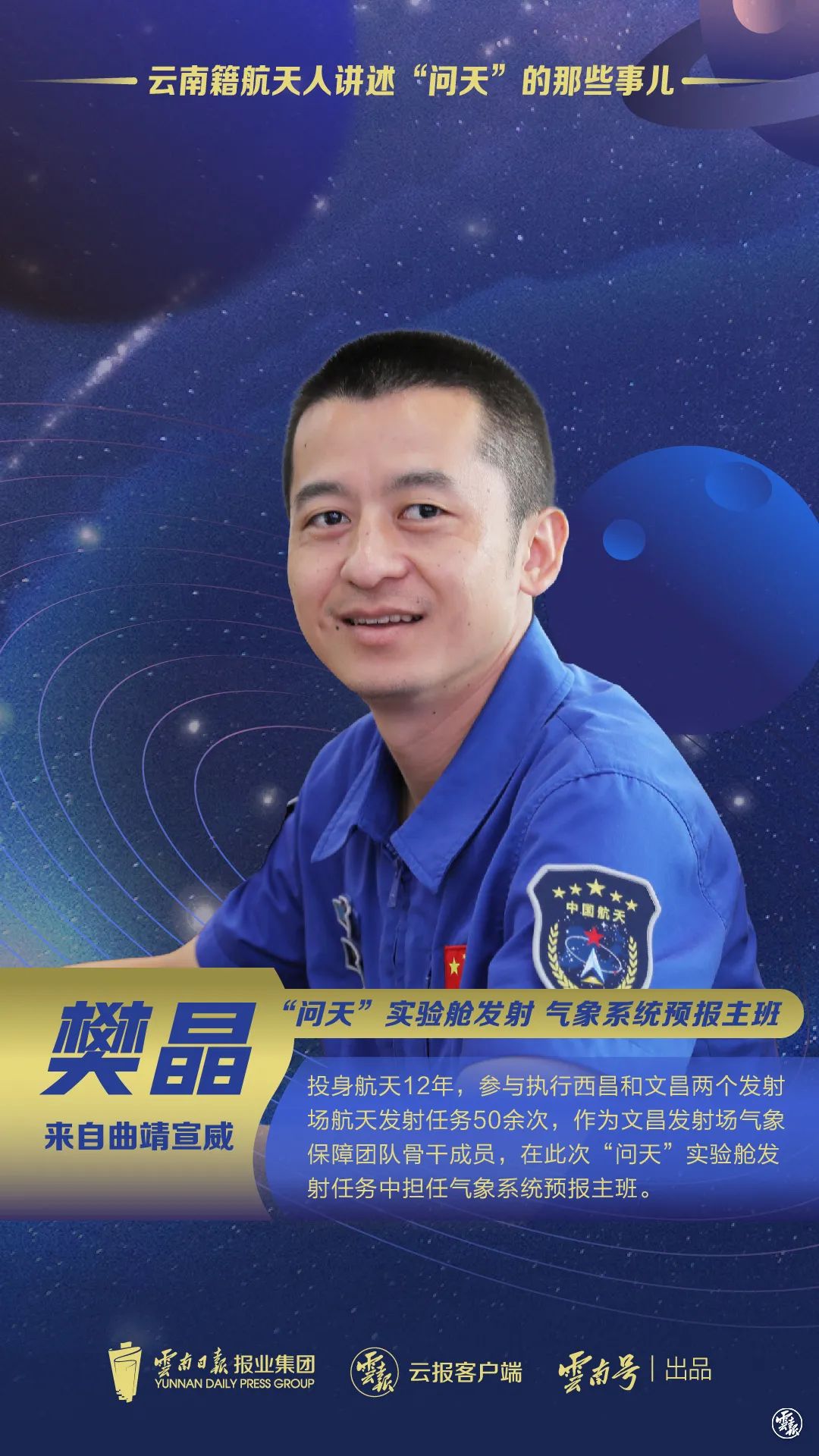
Fan Jing profile
From Qujing Xuanwei, he is currently an engineer of the Meteorological Systems of Xichang Satellite Launch Center. In 2010, he graduated from Nanjing University of Information Engineering at the atmosphere of Atmospheric Science and entered the Xichang Satellite Launch Center in the same year. Construction and aerospace launch tasks.
In 12 years, he has participated in more than 50 aerospace launch missions in Xichang and Wenchang. As a member of the Meteorological Guarantee Team of Wenchang's launcher, he has served as a meteorological system forecast class in the launch mission of the "Ask Heaven" experimental compartment.
ask:
What positions and jobs are responsible for this task?
Fan Jing: I am the forecast class of the meteorological security team. In short, the work of our team is to determine good weather conditions for the organization of the task through accurate forecasting, and find a suitable "sunroof" for the rocket ignition.
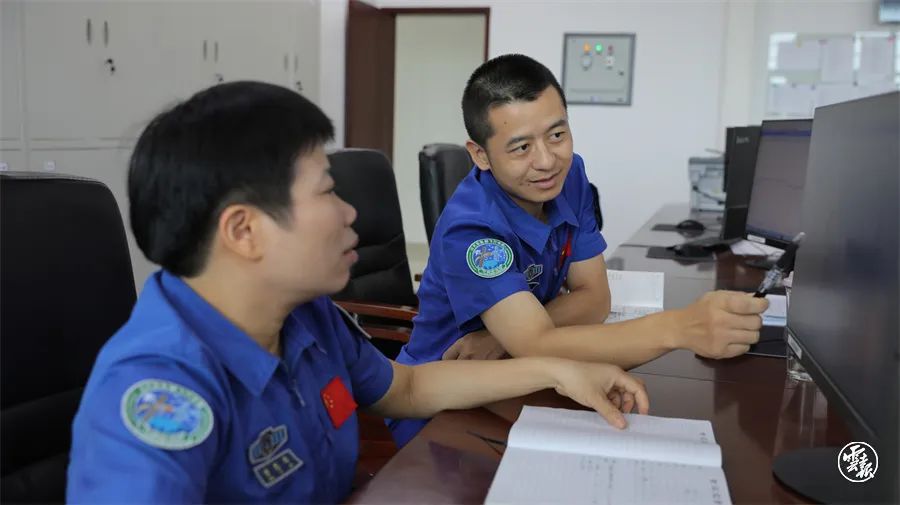
ask:
What impact will meteor on the implementation of tasks?
Fan Jing: Weather factors are important constraints in the implementation of the rocket launch task organization. Generally speaking, the meteorological factors that affect the implementation of task organizations are lightning, heavy precipitation and strong winds.
First, the task implementation must be carried out under the weather without lightning. Rocket arrows are often composed of metal materials because of the requirements of strength. This is very easy to become the "attack" object of lightning, which directly affects the performance of the electronic equipment on the rocket and the arrow, which causes these precision instrument and equipment to work abnormally or even damage. Therefore, the lightning is the object of "prohibiting access" around the launch site.
Secondly, the key procedures for task implementation must avoid heavy precipitation weather. For example, in important nodes such as transfer, injection, and ignition, the Rockets are completely exposed to the environment. Some interfaces are bare in the air. Inside the body may cause short -circuit or damage to the internal electronic devices.
Then there is a strong wind. For example, in the process of transporting, in order to ensure the safety of the Rockets, the average wind speed of less than 100 meters above the ground cannot exceed 20 meters per second. If it exceeds a certain threshold, the vertical stability of the rocket will be severely threatened, causing the arrow body to vibrate, the center of gravity of the arrow body shifts, and even a degeneration causes damage to the internal device in the arrow.
ask:
In response to the influence of these weather factors, how does our launch field respond?
Fan Jing: In recent years, we have vigorously improved the accuracy of meteorological forecasting, focusing on strengthening the construction of lightning monitoring, precipitation detection and monitoring, and shallow wind detection capabilities, and have the hard power to cope with changes in complex weather.
In terms of lightning monitoring, we set up multiple lightning detection points in the United Local Meteorological Bureau of Hainan and Guangdong, forming a dense lightning monitoring network covering the surrounding area.
In terms of precipitation detection, we have built a Sipple Doppler weather radar and a X -band radar, which can evolve in the water group within 250 kilometers around the field area. Meteorological stations can monitor the fields and surrounding precipitation in real time.
In terms of shallow wind detection, a shallow wind measurement tower is built, and a light -off wind detection equipment can be established at the lightning protection tower of the launch tower to effectively detect the wind speed of 100 meters in the launch field.
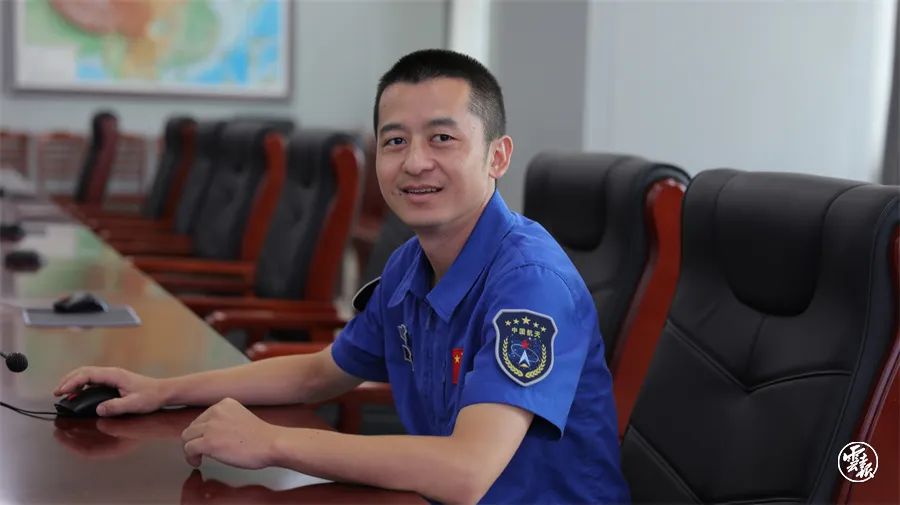
ask:
What is the difficulty of meteorological protection work in this "asking heaven" mission?
Fan Jing: The launch of the launch of the "Ask Sky" experimental cabin is in the rainy season of Wenchang Field. The small and medium -scale weather is active, the weather system has developed rapidly, and the task period is prone to severe weather such as heavy precipitation, ground wind, and thunder and lightning. The South China Sea's typhoon life cycle, complex moving paths, difficulty in forecasting, can easily affect the task process. Our weather guarantee pressure is relatively high. Especially in terms of typhoon forecast guarantee, the Typhoon South China Sea from generation to the influence area is only three to five days. The meteorological guarantee for important task nodes requires us to give forecast 8 days in advance. big.
ask:
How did the team respond to such challenges?
Fan Jing: In early July, Typhoon Siaba, No. 3 this year, influenced Hainan. Our on -site meteorological guarantee team gave up and rest, adhere to the post, conduct typhoon weather emergency protection in accordance with the emergency plan, and released the typhoon warning in time. "The meteorological guarantee work in the experimental compartment injection phase.
Source: Yunbao Client
Edit: Xu Yitong
- END -
Weitou 丨 Nongqi shortcomings weaknesses consolidate the basic foundation of the grassroots foundation, Guangdong Protection Xiumei Mountains and Kawaka are not infringed by forest fire

In the first half of 2022, the forestry system of Guangdong Province took the fore...
Zhuhai Xiangzhou Urban Management combined with multi -party and co -governance, Poly Village bid farewell to shared bicycles accumulation chaos

Text, Figure/Yangcheng Evening News all -media reporter Zheng Da Correspondent Liu...